
I had my eye on this little pond since early in the summer. I first noticed this intriguing spot while perusing Google Maps looking for interesting places to camera trap. This place fit the bill perfectly. Urban, but isolated in a densely wooded area, this tiny wilderness oasis was sure to attract an interesting variety of local wildlife. I moved this pond to the front of the list, but unfortunately real life kept intruding. Time and again I was forced to postpone a visit, as other issues took precedence.
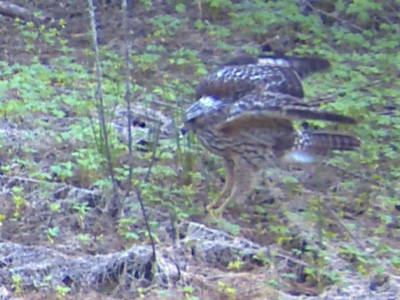
We were well into August before I finally made it out—the dog days of a hot Texas summer. The pond was still holding water, but just barely. Liquid pooled over much of the pond’s normal foot print, but it had become very shallow. A large percentage of the pond’s normal fill had been evaporated away by the intense summer heat.
Pushing my way through the surrounding woods, I flushed a number of large wading birds—herons and egrets—as I neared the water’s edge. I hoped this was a good omen—an indication that this pond would prove to be a very busy place.
I set a pair trail cameras that morning. Each was aimed independently to watch over the two deep channels of water that still remained. In both places there were plenty of snags and deadfalls to provide perches for birds. And each location allowed for a small portion of the shore to be monitored just in case an interesting land animal or two made an appearance.
Within minutes of leaving the cameras behind, herons and egrets began to return. Soon there were a dozen or more birds regularly getting camera time in various places around the water.
A family of Cooper’s Hawks were also found to be frequenting the pond. A pair of adults and a pair of sub-adult juveniles were photographed with surprising regularity. In my experience, this kind of wetland is somewhat unusual habitat for Cooper’s Hawks. A gap in my knowledge, no doubt, as the pond bed remained attractive to these raptors for the entire time it continued to hold water.

pond water with a varied collection of herons and egrets.
Click to Enlarge
One thing that quickly became evident in the early photographs was the rapid rate of drying that was taking place at the pond. The accelerated retreat of the water was obvious even on an hour to hour basis. From day to day the change in the water level was very dramatic.
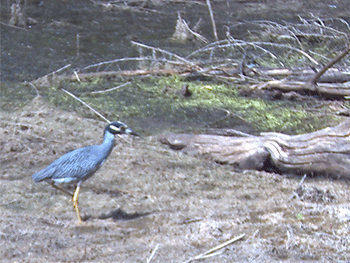
his flight feathers in order to encourage mites
and other parasites to disembark
As the pond continued its relentless drying, the remaining water shrank into small pools held in the two deepest parts of the pond bed. The reduced area of available water concentrated the remaining food resources, forcing the wading birds to concentrate their activity as well. Groups of a dozen or more Little Blue Herons, Snowy Egrets, and Yellow-crowned Night Herons would spend the day in front of each camera. On many occasions a Great Blue Heron would join in—the larger bird quickly dominating the crowds by throwing its weight around.
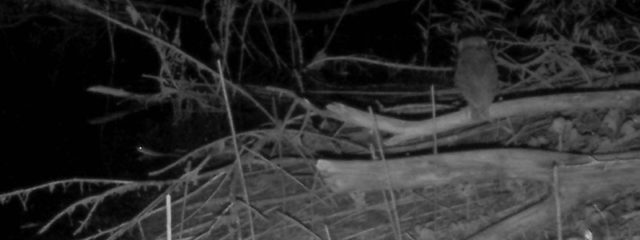
to the pond by the creature with the eye shine at the water’s edge.
Click to Enlarge
Cooper’s Hawks continued their stay at the pond, sometimes choosing to share the water’s edge with the herons and egrets, creating a somewhat odd congregation. It’s not clear what inspired the hawks to engage in this behavior. Cooper’s Hawks frequently hunt and feed on other birds—doves and the like–but they were never recorded harassing the herons and egrets. Maybe there was a food source here—an invertebrate of some kind—that is not evident in the photographs.

highly treasured egret feather
Over the next week, the remaining water gave way to a small tract of mud flats. By the middle of the third week, all of the moisture was gone, and in its place was flat plain of dry, grainy, and rich soil. Soon bright green Balloon Vines began to spring up all over the exposed pond bed.
The character the wildlife spending time at this place changed dramatically during this time. Gone were the many wading birds that had frequented the pond for so long, and it their place came more frequent visits by mammals like Coyotes and Bobcats.
Over the course of a few days it was a family group of Coyotes that finally laid claim to the dried pond bed–two adults and two nearly grown juveniles. The morning and evening shade created by the tall trees surrounding the pond bed made this a nice place for the Coyotes to seek shelter from the hot summer sun. The small group of song dogs seemed to appreciate having this large clearing as a place to gather and relax.
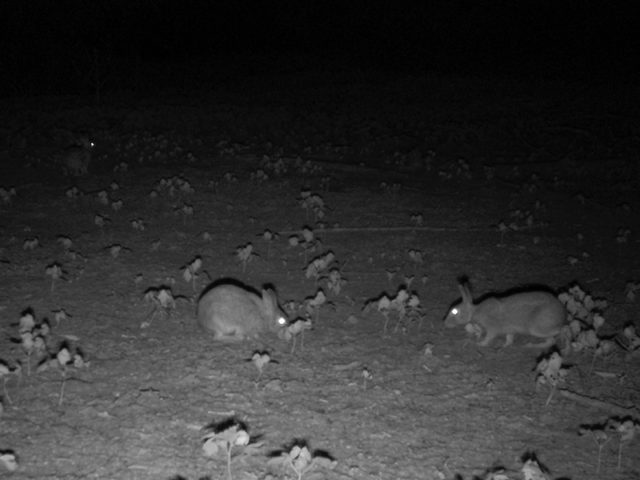
risk brief forays out onto the pond bed to nibble on a Balloon Vine leaf or two.
Click to Enlarge
A Coyote or two would usually arrive each day just before dusk. They would patrol the pond bed, always curious about signs of my visit and the cameras I had left behind. Coyotes are very sensitive to changes in their habitats. They quickly notice when something new is added. They monitor their territory closely. On more than one occasion a Coyote would appear in front of a camera to inspect my handiwork only minutes after I had left the scene. Surely, they were watching me from the cover of the woods while I toiled at setting up the camera traps.
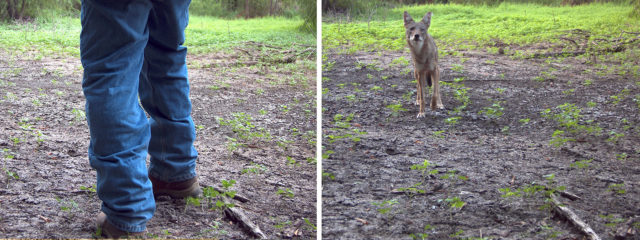
The Coyote arrives to investigate at 5:10 pm–just eleven minutes later (right).
Click to Enlarge
Coyotes would come and go all through the night, sometimes singly and sometimes in groups. As many as four would gather on the dried pond bed during the late hours. There they would reaffirm their family-group bonds by playing, socializing, and relaxing. Each had their preferred place to bed down, making it easy to record pictures of snoozing Coyotes. These congregations were always brief, however, never lasting more than 5 or 10 minutes, and soon the Coyotes would split up again, each heading off in its own direction.

Many people see Coyotes as varmints, but it is worth noting that these wild canines are closely related to the dogs we cherish so much. Coyotes share many of the same characteristics and behaviors that we admire in our pets. You can see it in some of these pictures… Coyotes are survivors. Coyotes value each other and the company provided by the group. They are loyal and intelligent. They care about their home and their family groups. They have favorite places and things. They enjoy a good stretch and a snooze in the sun.
Coyotes come into conflict with people in the DFW metroplex only on the rarest of rare occasions. Problems with Coyotes can occur, just like they can with any other wild animal. But if you are open to seeing it, there is a lot to find interesting and appealing about these wild canines.


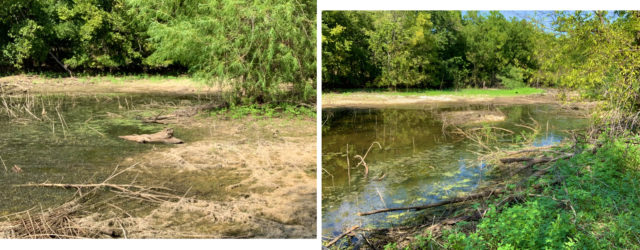
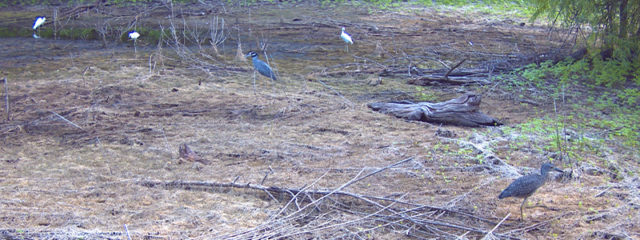
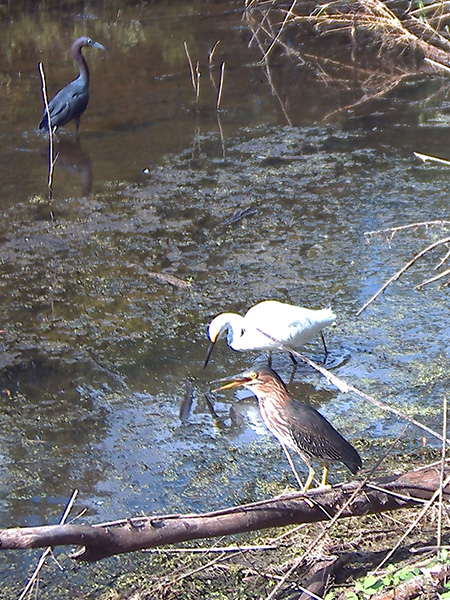
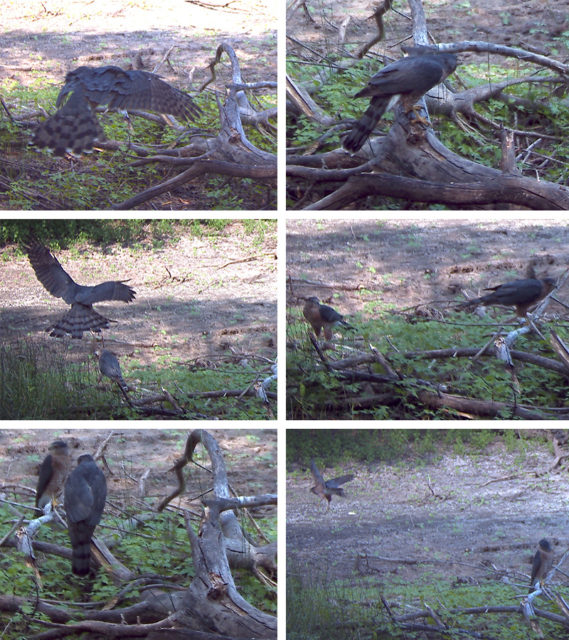



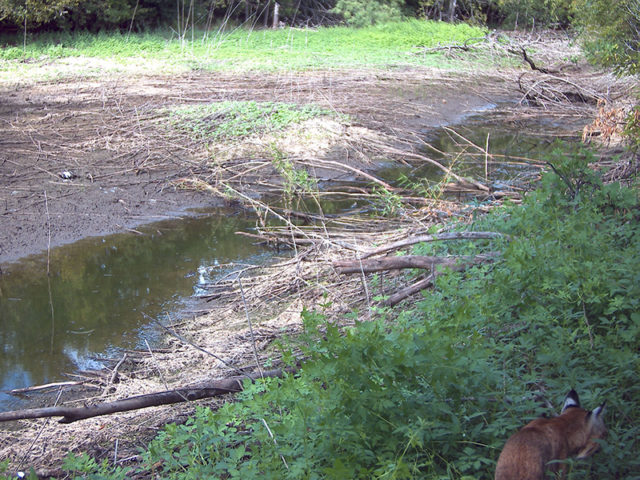
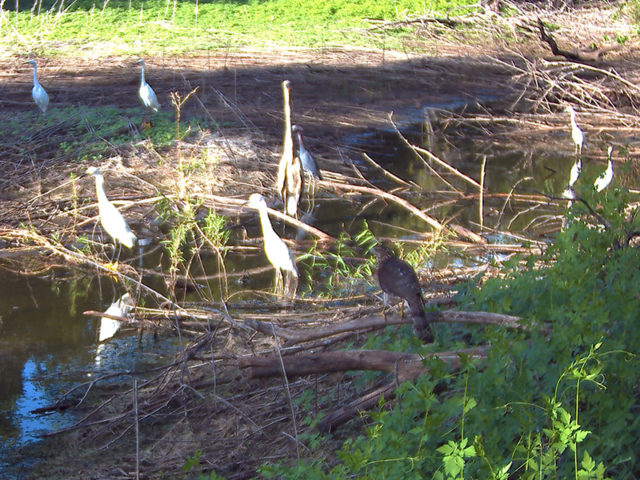

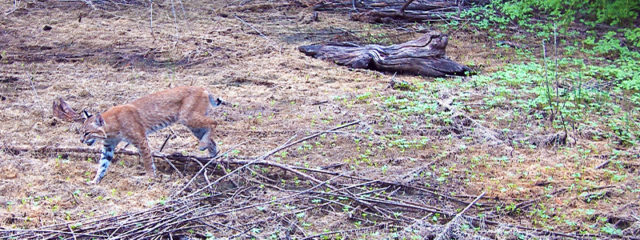
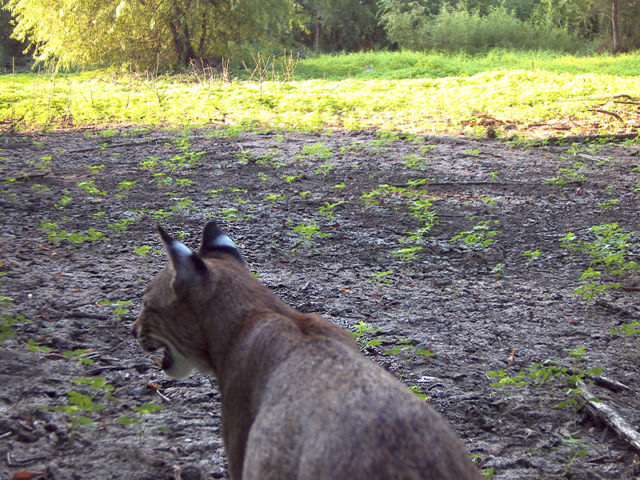
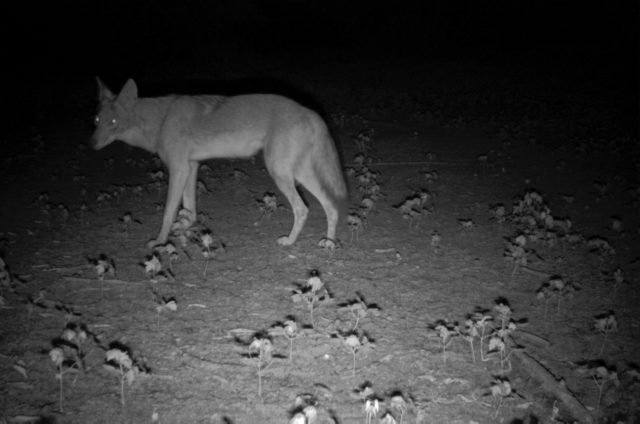
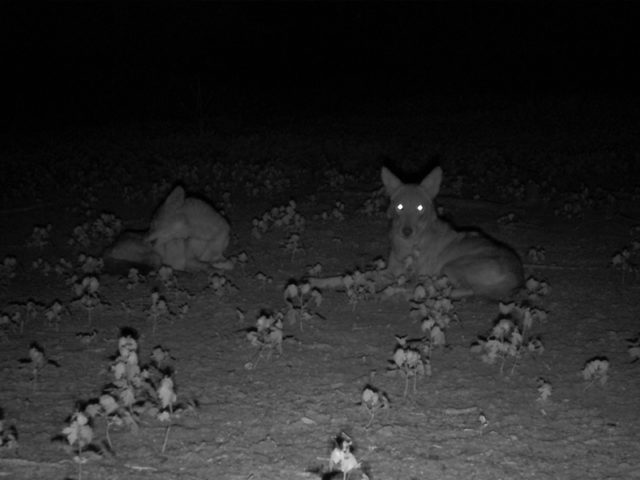
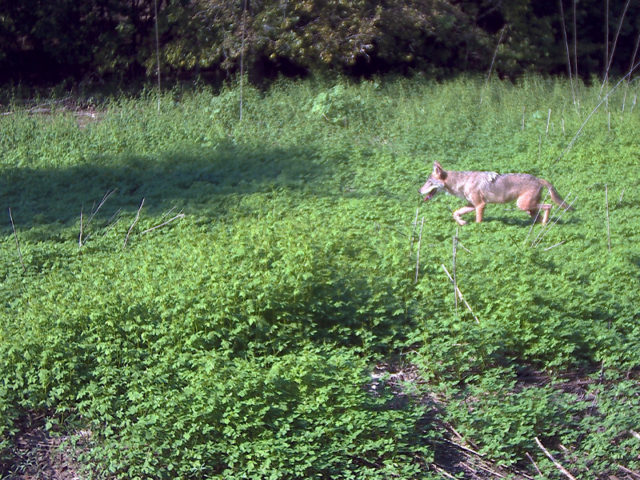
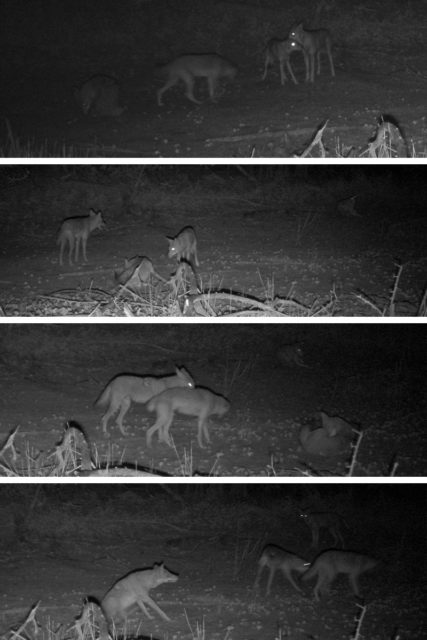
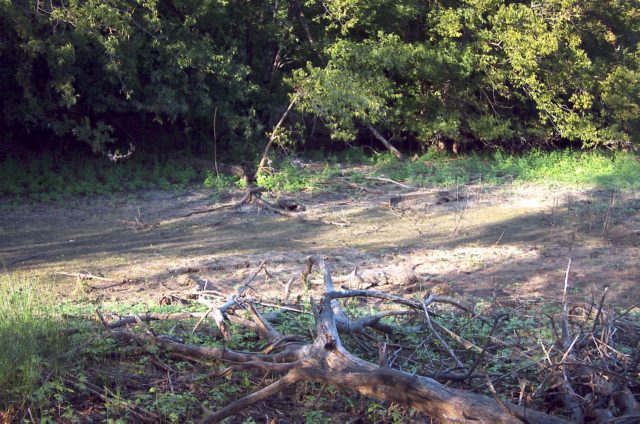
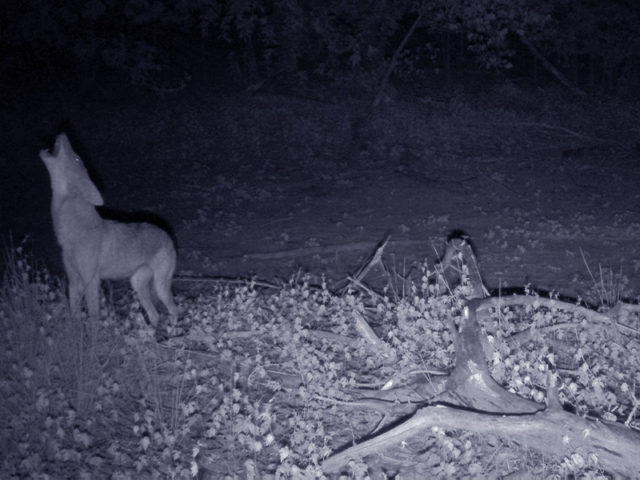
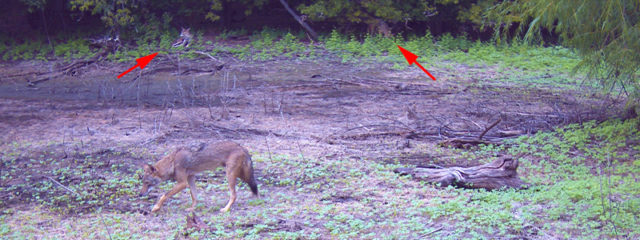
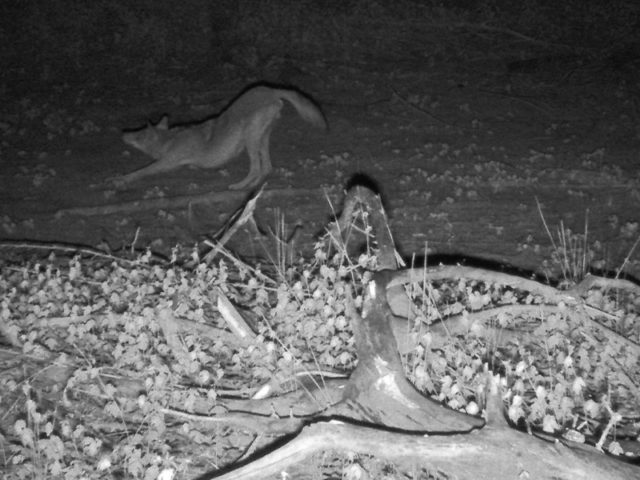
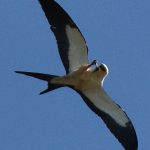
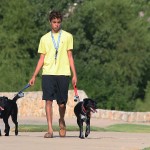

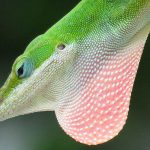
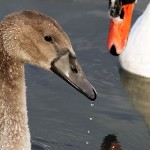
These are fabulous. Several species I had not seen are present so now I will look for them. Also never heard the term “song dogs”. Are you referring to coyotes?
Oh yeah… Song Dogs = Coyote. You just need to hear them howl to know why!